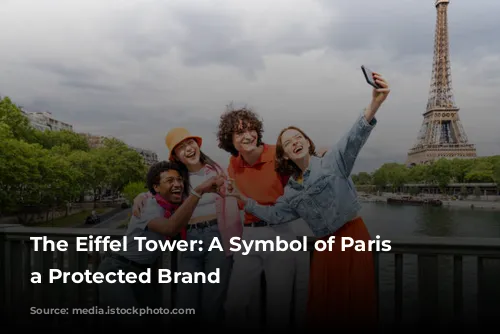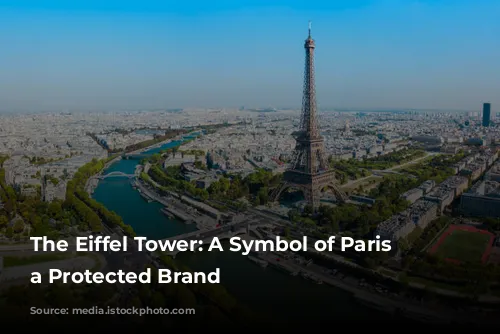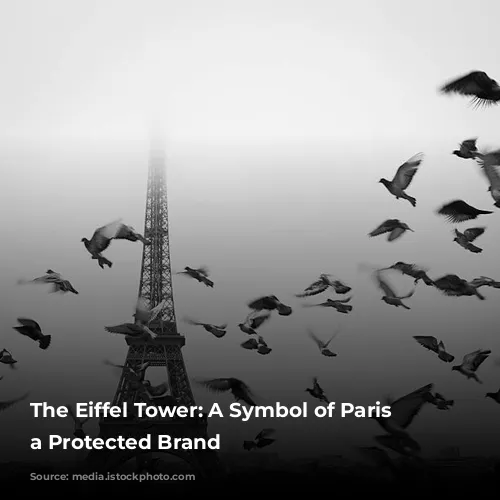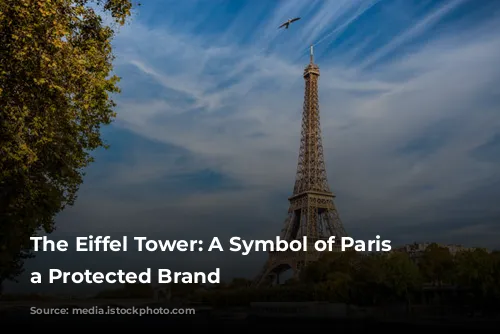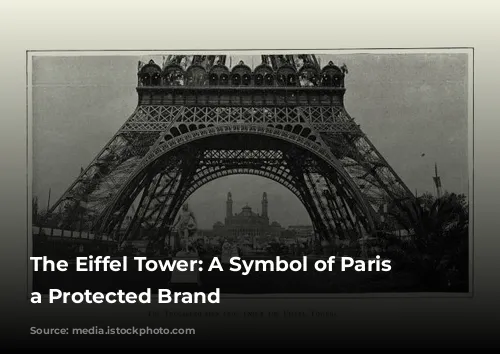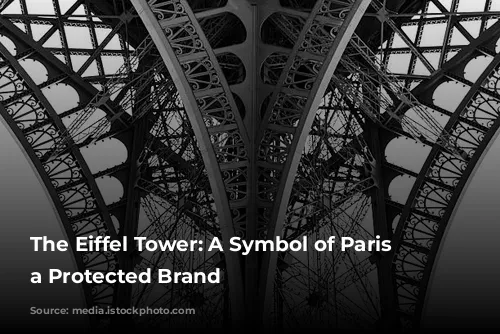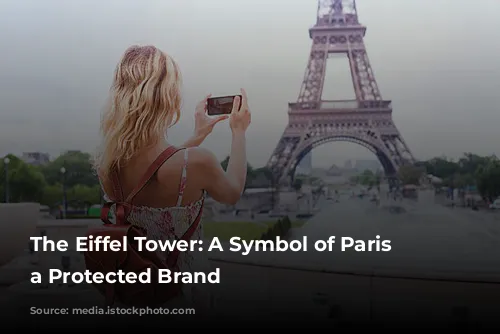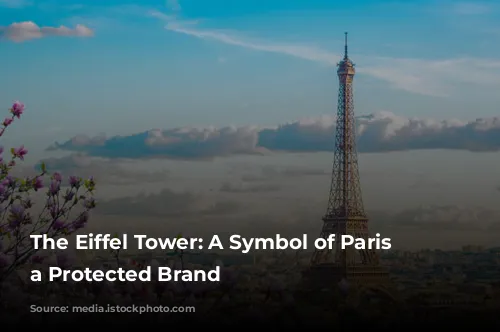The Eiffel Tower is more than just a structure; it’s a symbol of Paris and France, instantly recognized around the world. Its iconic silhouette sparks the imagination, inspiring countless artists, filmmakers, and photographers to capture its beauty. It’s a testament to its enduring charm that the Eiffel Tower graces everything from souvenirs to prestigious films.
This article explores the fascinating world of filming the Eiffel Tower and the rules that govern its use.
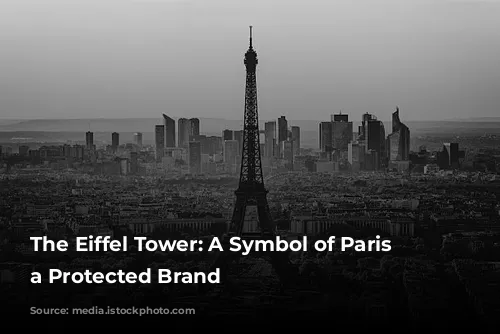
Filming the Eiffel Tower: A Blend of Art and Regulation
Imagine capturing the Eiffel Tower’s breathtaking views during the day or night, but there’s more to it than meets the eye! Filming this beloved monument requires navigating a blend of artistic vision and technical considerations.
The Eiffel Tower offers a unique and exciting environment for filming. You can choose from multiple locations, including the forecourt, floors, and even areas not accessible to the public. With its two floors, you can adjust your view height, offering different perspectives of Paris from 57 meters or 116 meters high.
The Eiffel Tower team is committed to ensuring your film project complements the monument’s grandeur. They work with you on a case-by-case basis to understand your technical and artistic needs and provide a fair rate for your filming.
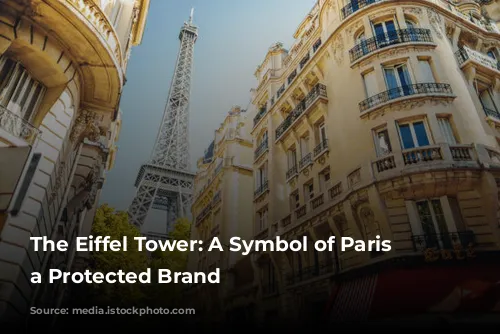
Filming Permissions: Day vs. Night
While filming the Eiffel Tower during the day is generally free, nighttime filming requires special consideration.
Daytime Filming: The Eiffel Tower’s daytime image falls under the public domain, meaning you can use it freely without needing permission from the SETE, the company managing the Eiffel Tower’s image.
Nighttime Filming: The captivating illuminations of the Eiffel Tower are a sight to behold, but they are also protected. Using images of the Eiffel Tower at night requires prior authorization from SETE and comes with a fee determined by the intended use and media plan.
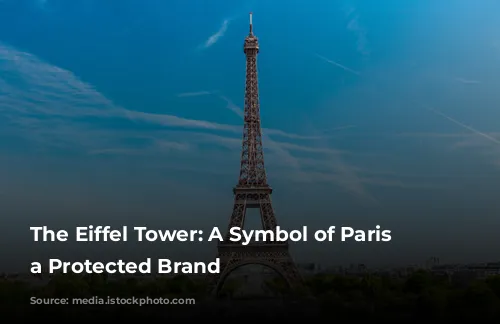
Journeying Through Filming Regulations: Details for a Successful Shoot
For journalists covering stories about the Eiffel Tower or related events, filming is allowed both during the day and at night. The focus is on minimizing disruption to the public and the monument’s operations. This includes:
- Dedicated Service Lift: A convenient service lift connects the ground level to the second floor, with dimensions accommodating equipment and personnel.
- Technical Solutions: A dedicated team will assist you with technical solutions and safety regulations, ensuring smooth production. This includes addressing electrical needs, production control, and access for teams and equipment.
- Flexible Illumination: For certain projects, the Eiffel Tower’s illumination can be extended on a case-by-case basis.
- Parking: Vehicles can be parked on Avenue Gustave Eiffel for unloading but must be promptly moved.

Protecting the Eiffel Tower Brand: A Legacy for Generations
“The Eiffel Tower” is a registered trademark, signifying its protected status.
This protection ensures that the Eiffel Tower’s image and name are used responsibly and with respect for its legacy.
Anyone wishing to use “The Eiffel Tower” brand on products needs to negotiate a licensing agreement, which is reviewed individually for each request.
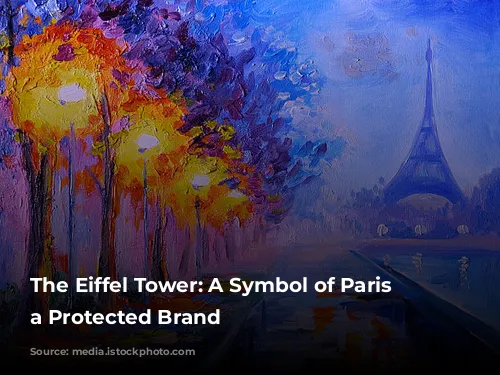
Conclusion: Respect and Appreciation for a Global Icon
The Eiffel Tower, a symbol of beauty and artistry, attracts filmmakers, photographers, and enthusiasts from around the world. Understanding the rules that govern the use of the Eiffel Tower’s image and brand helps ensure its continued legacy as a cherished landmark. Whether it’s capturing the grandeur of the Tower’s design or showcasing its brilliance under the night sky, respecting these guidelines fosters responsible use and allows generations to enjoy its splendor.
